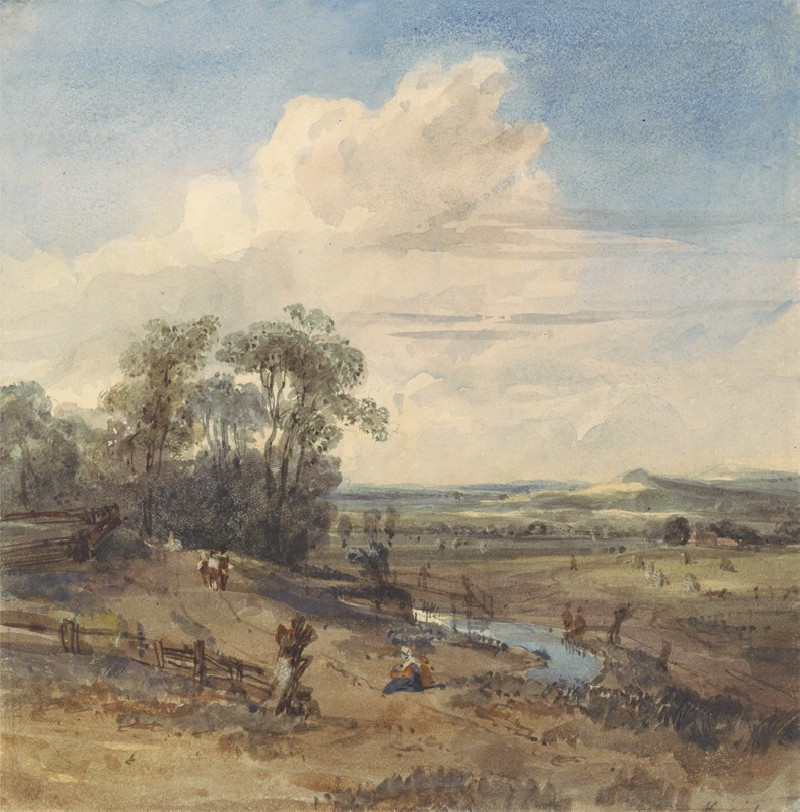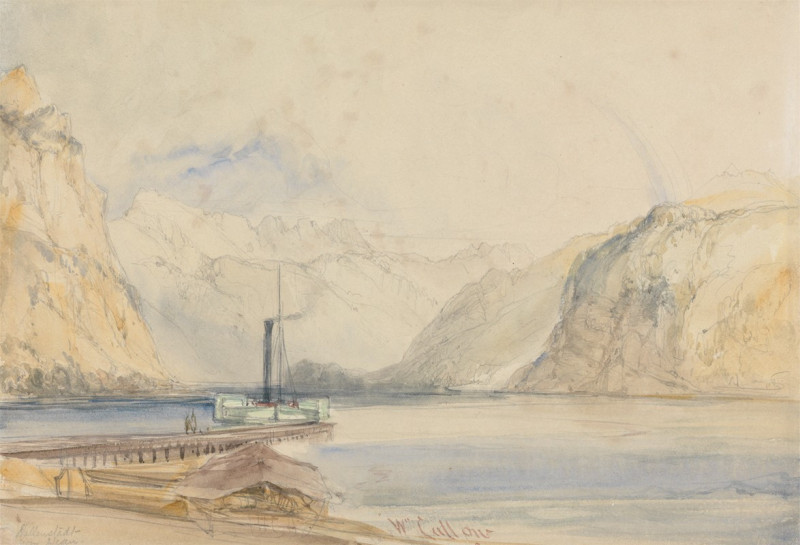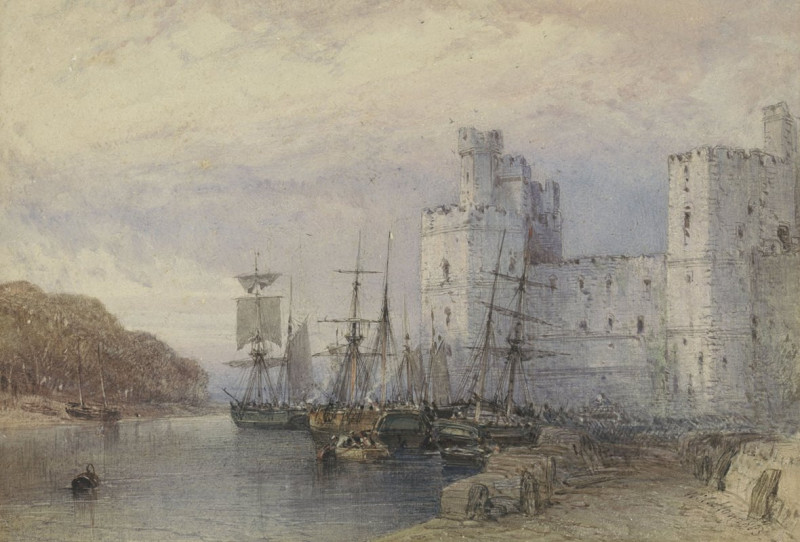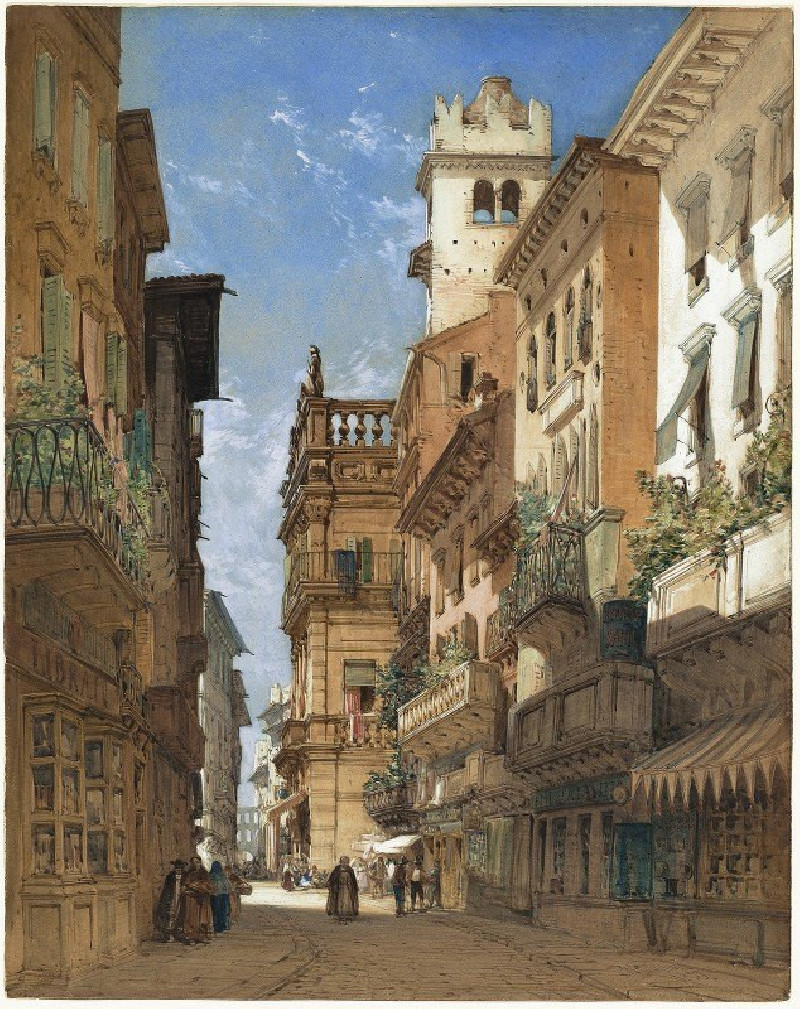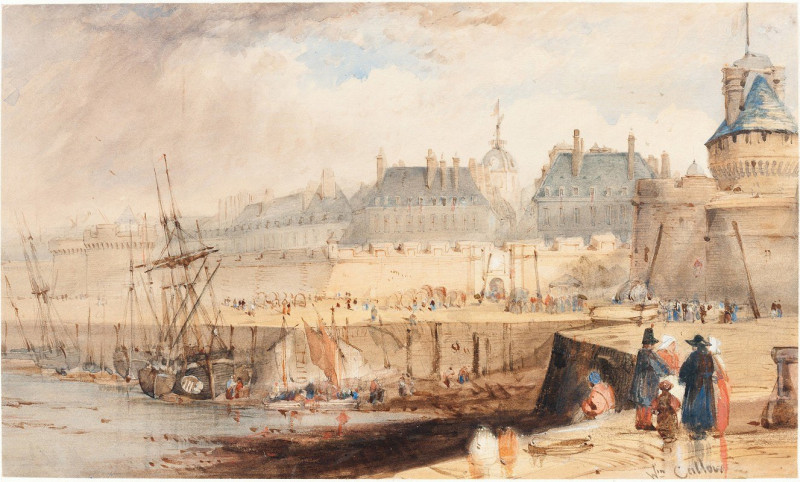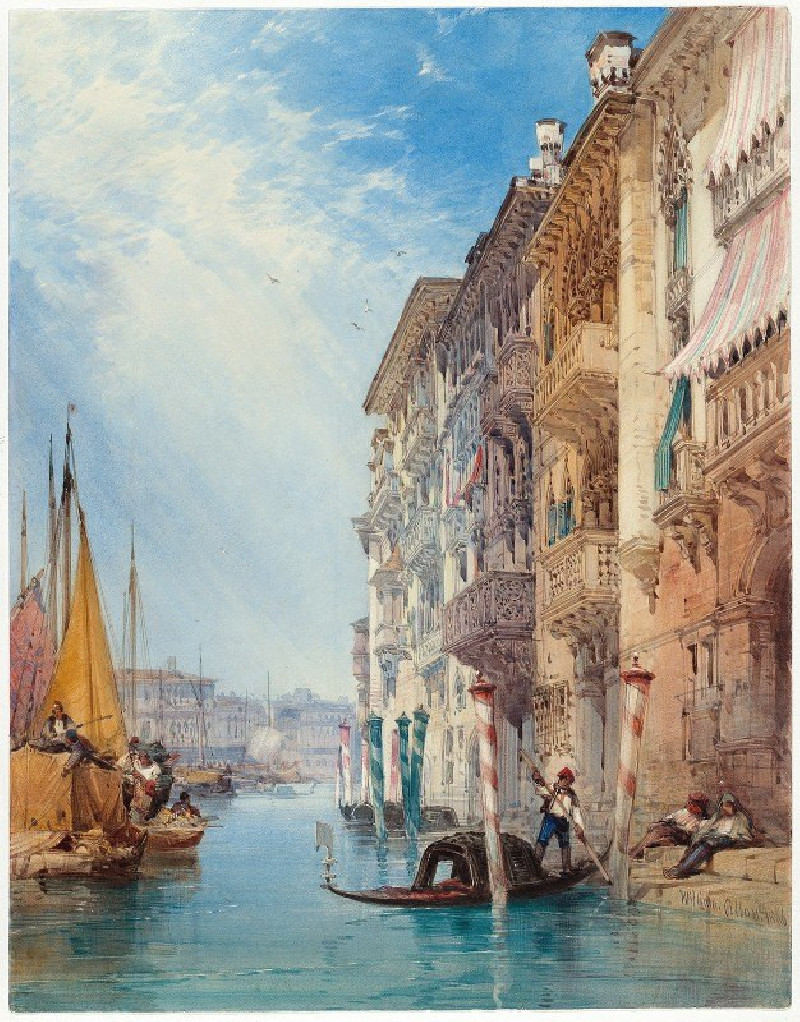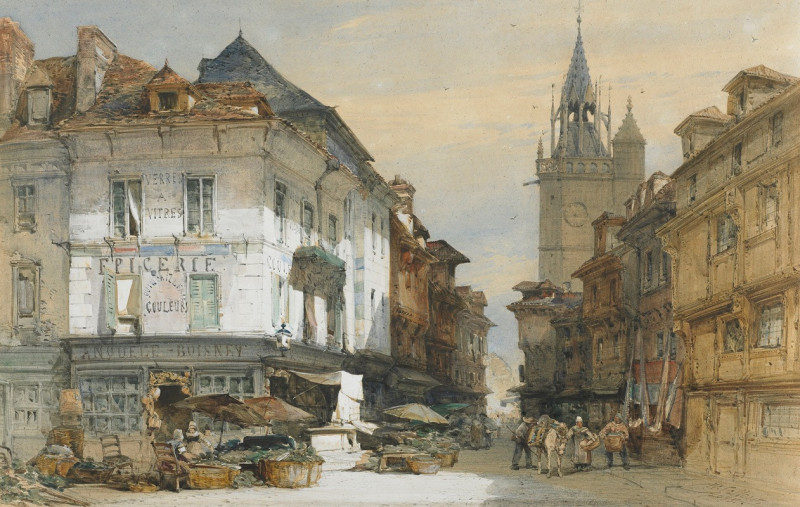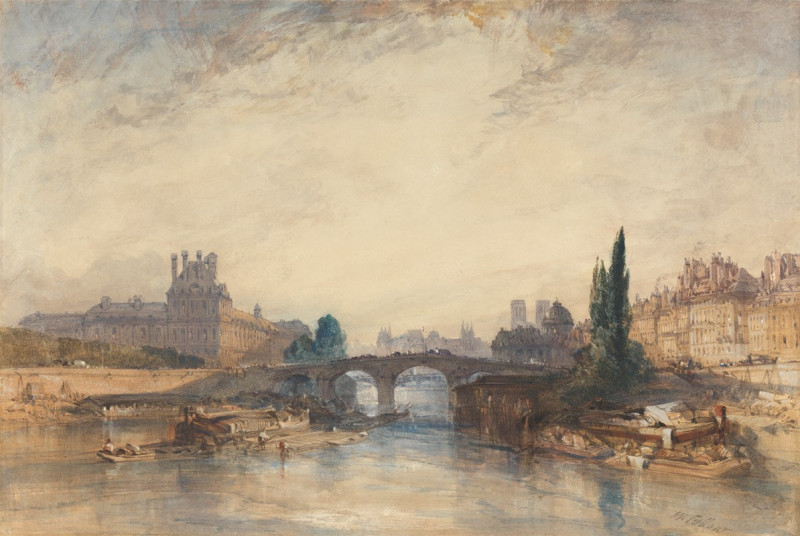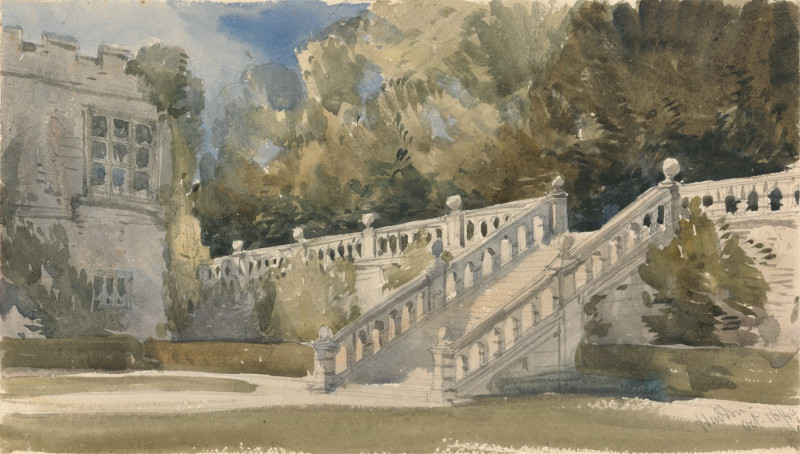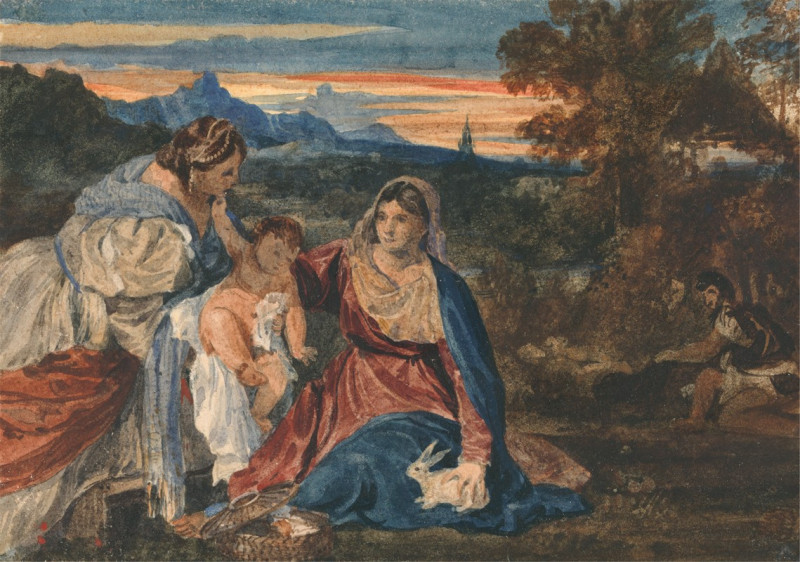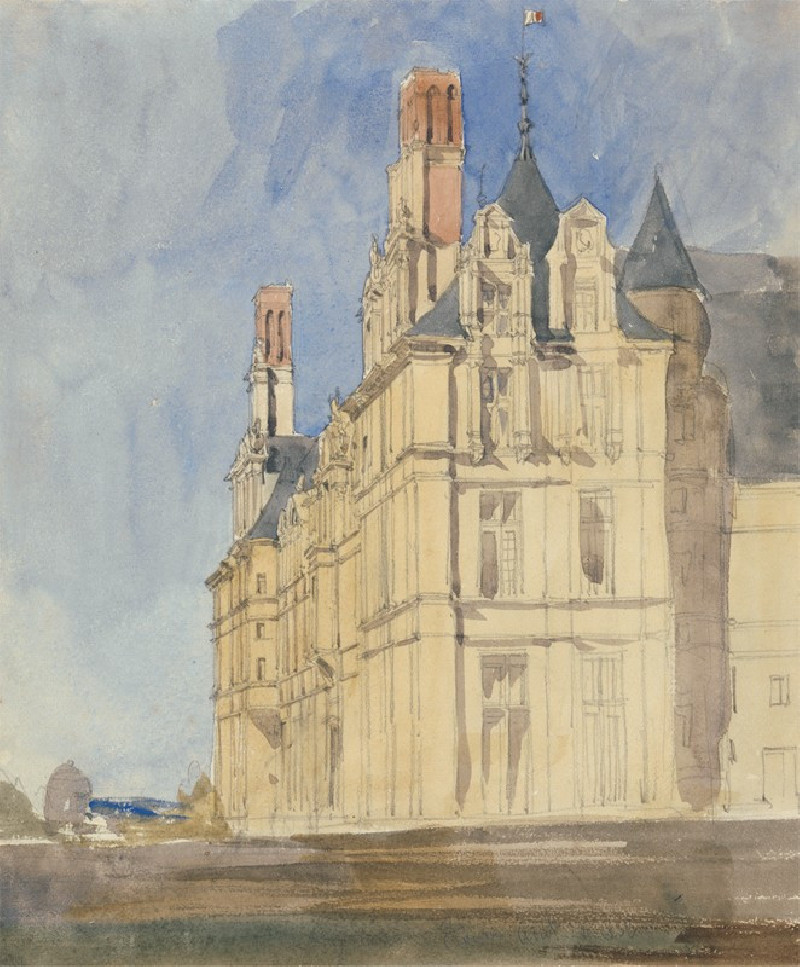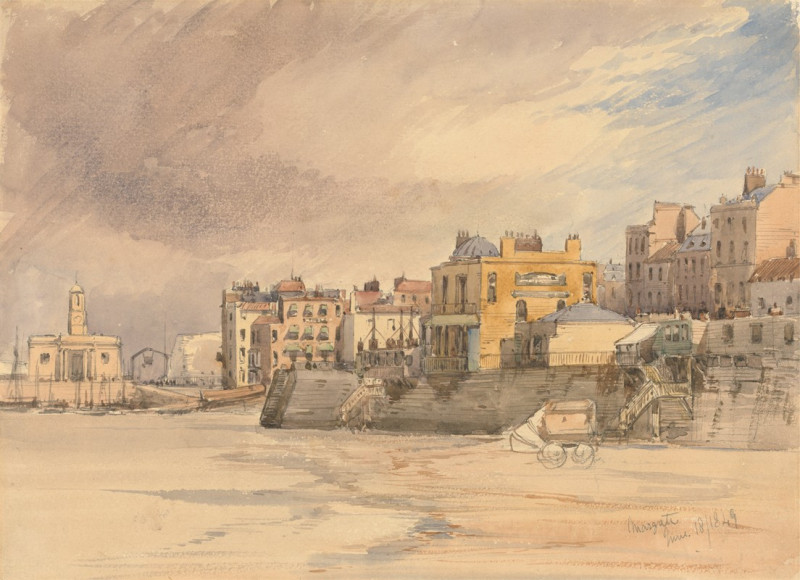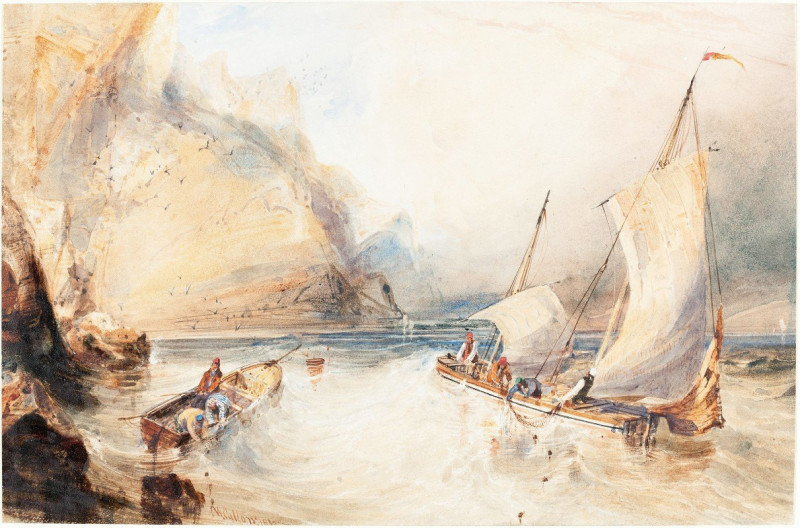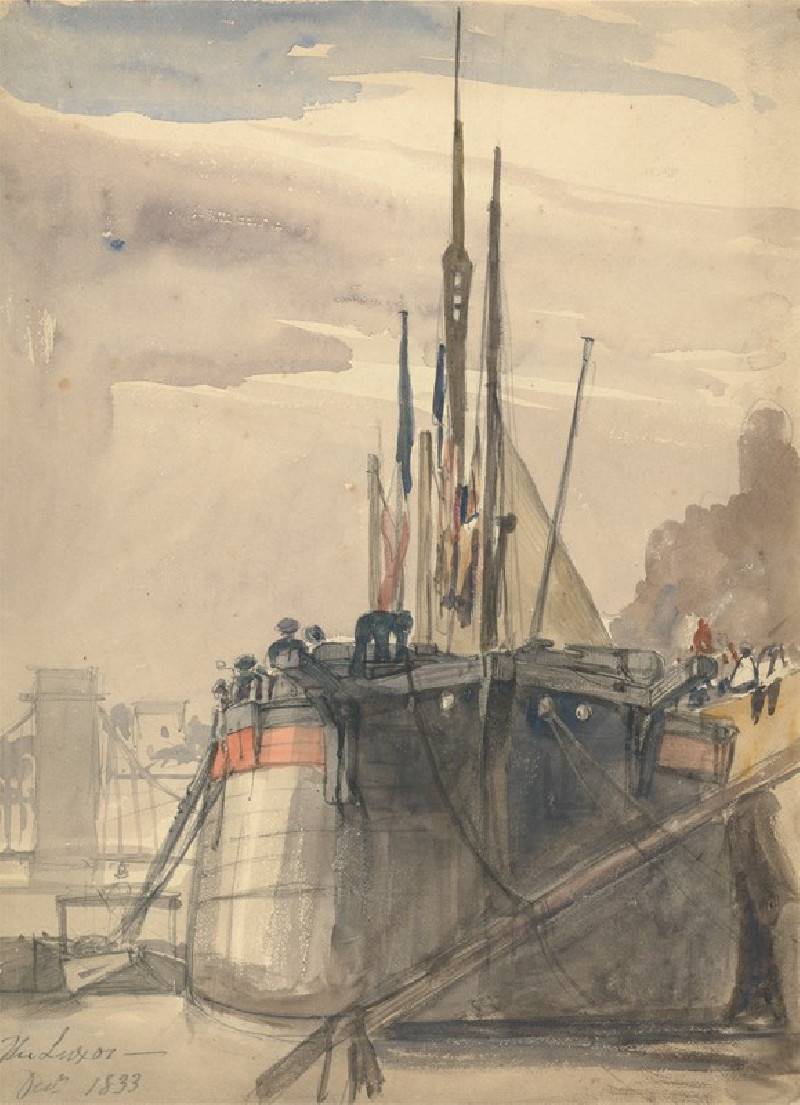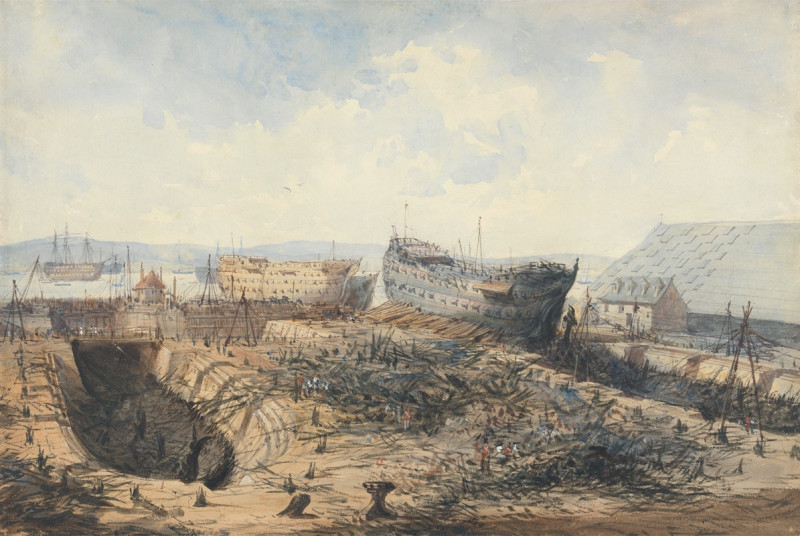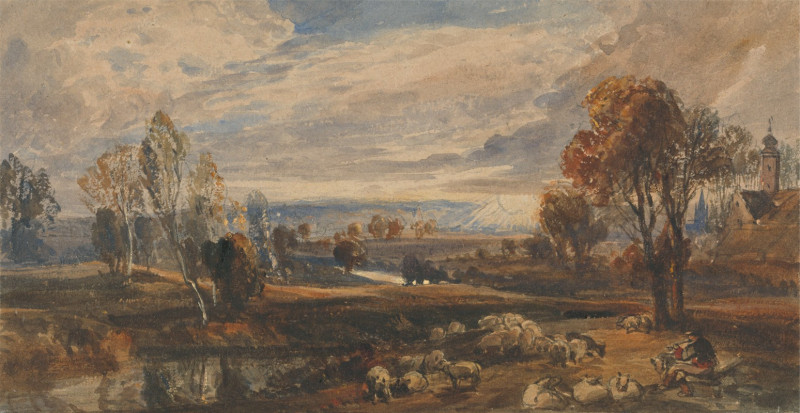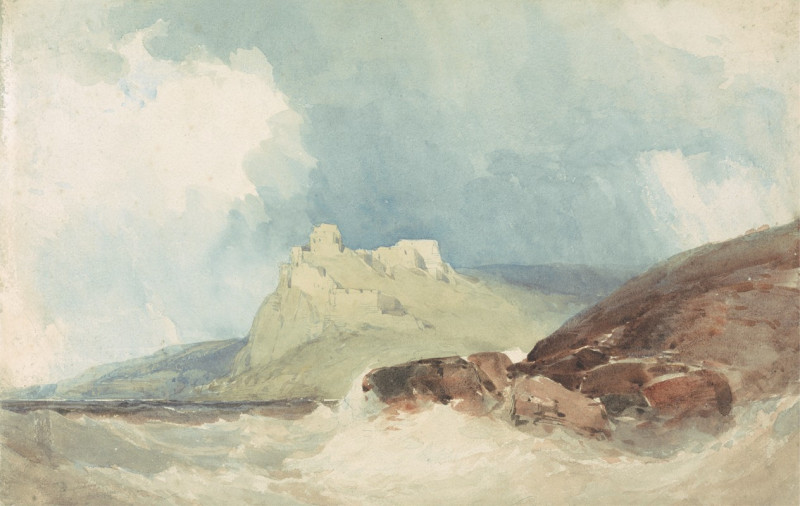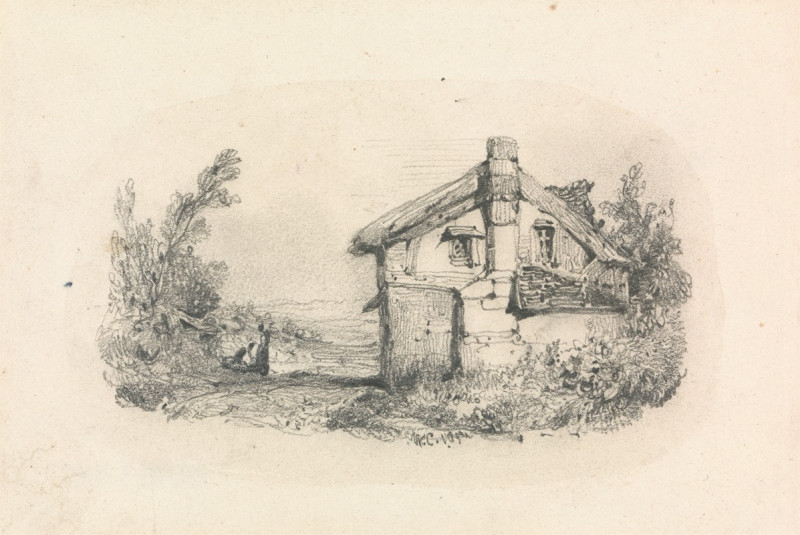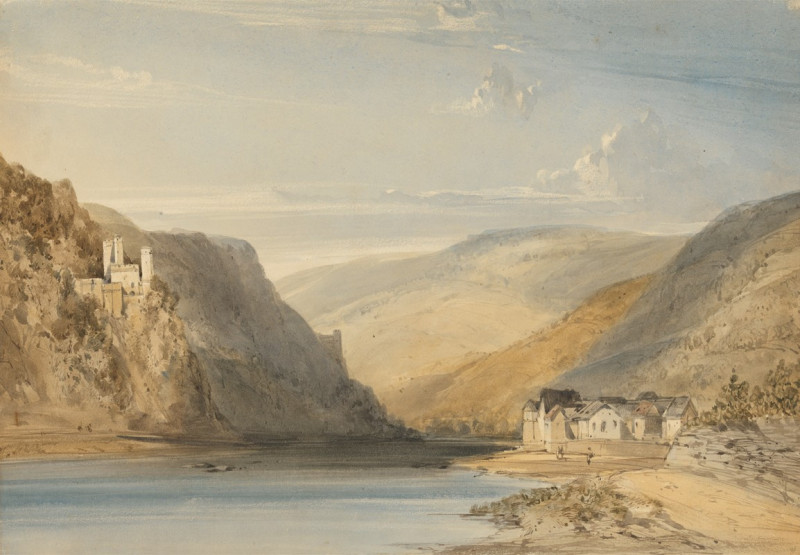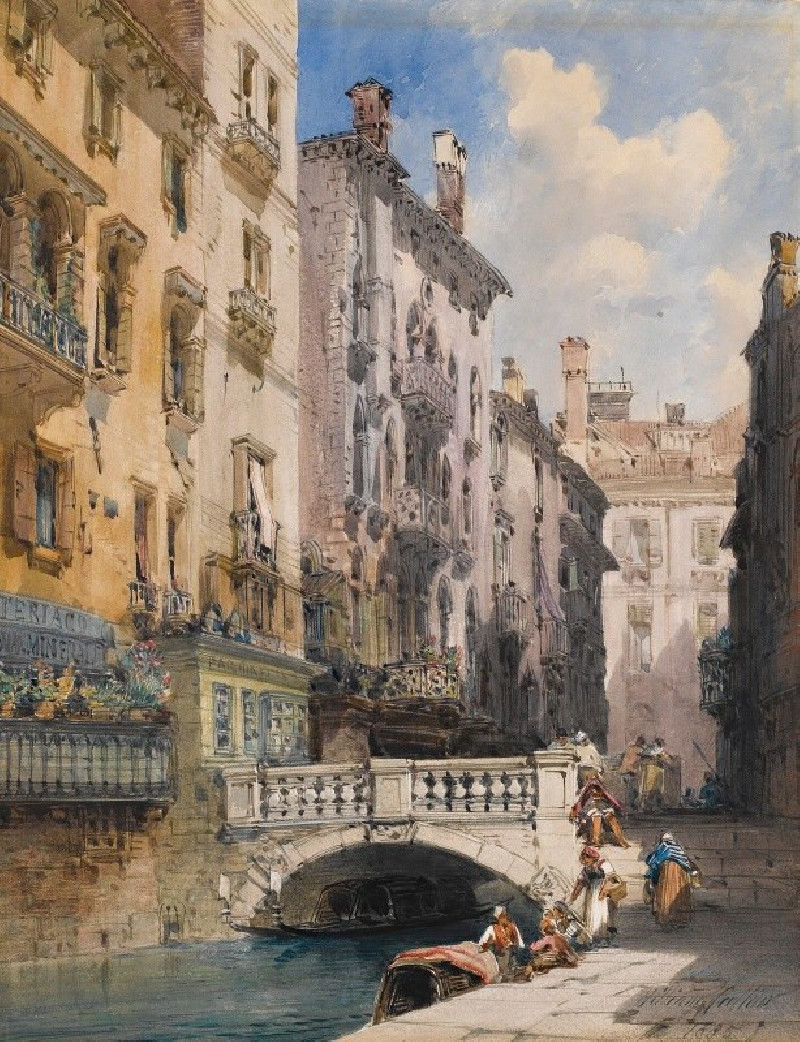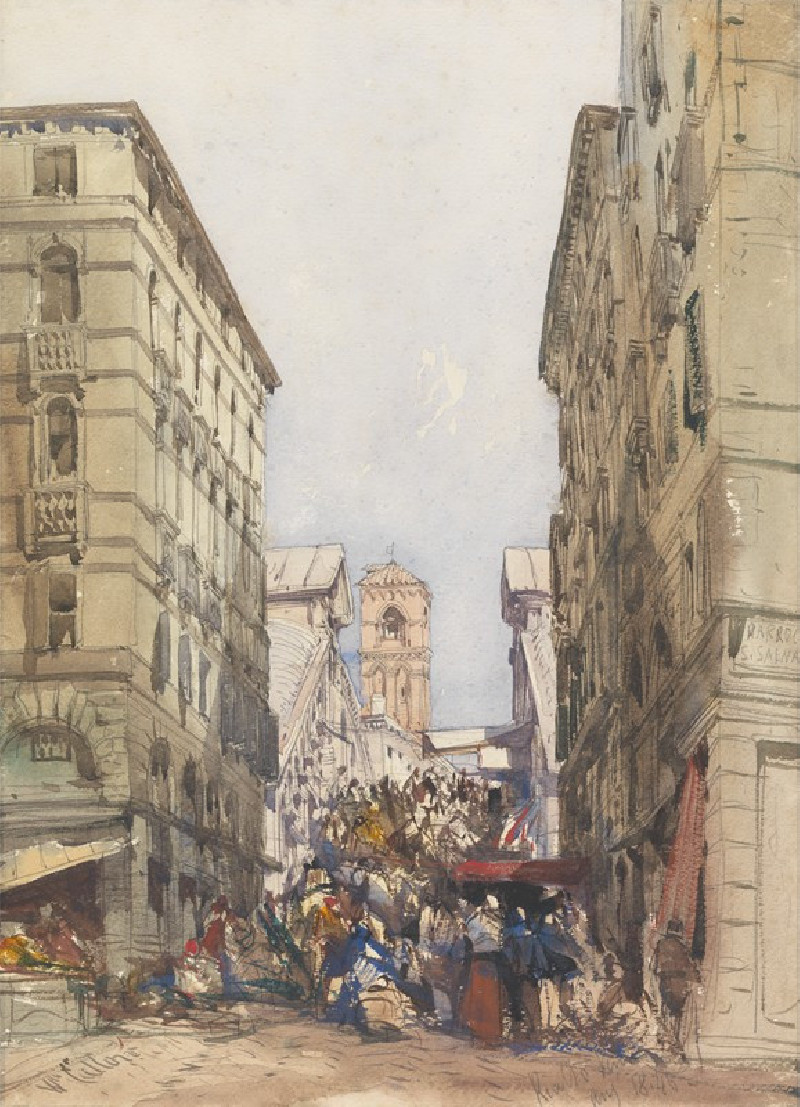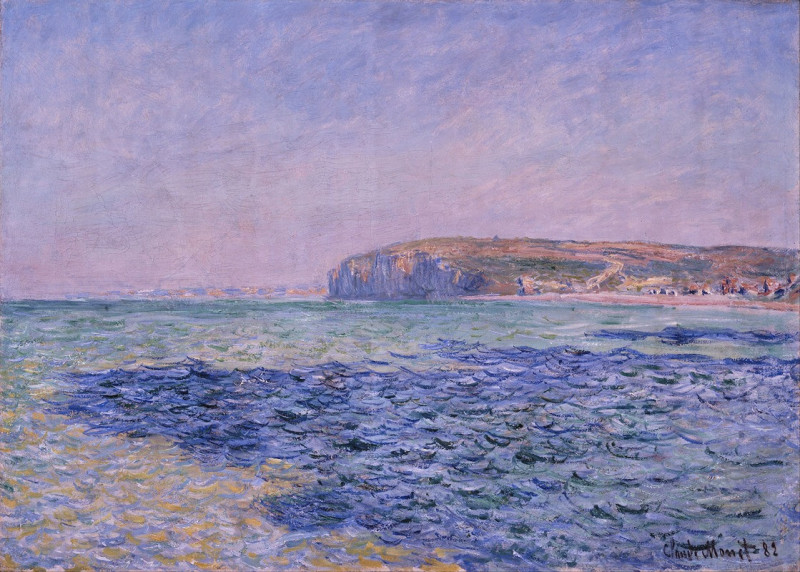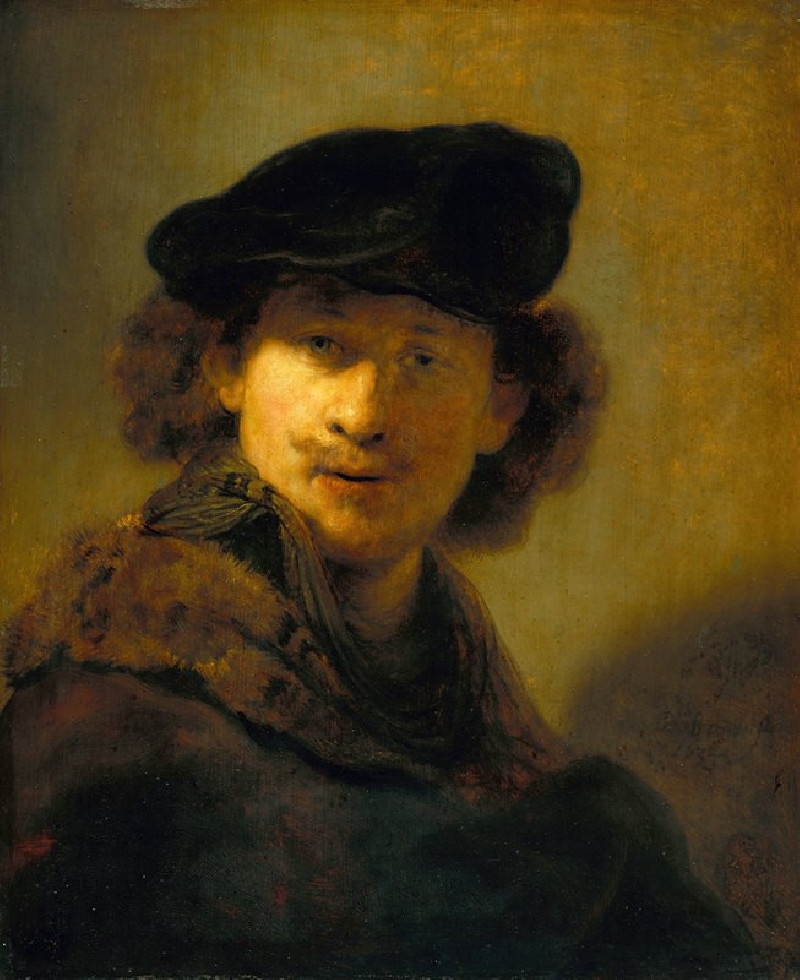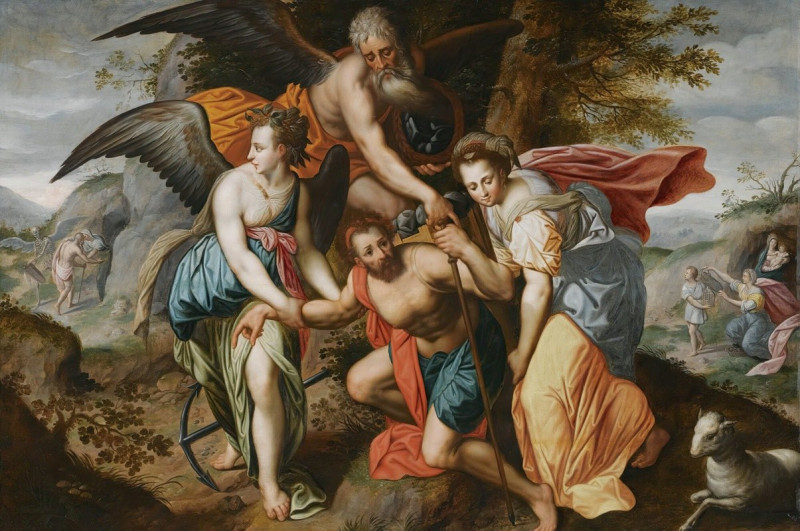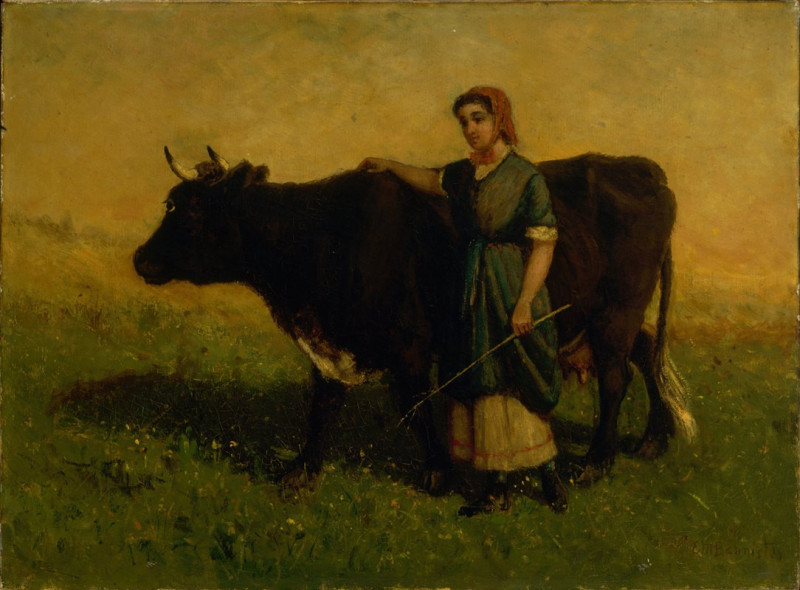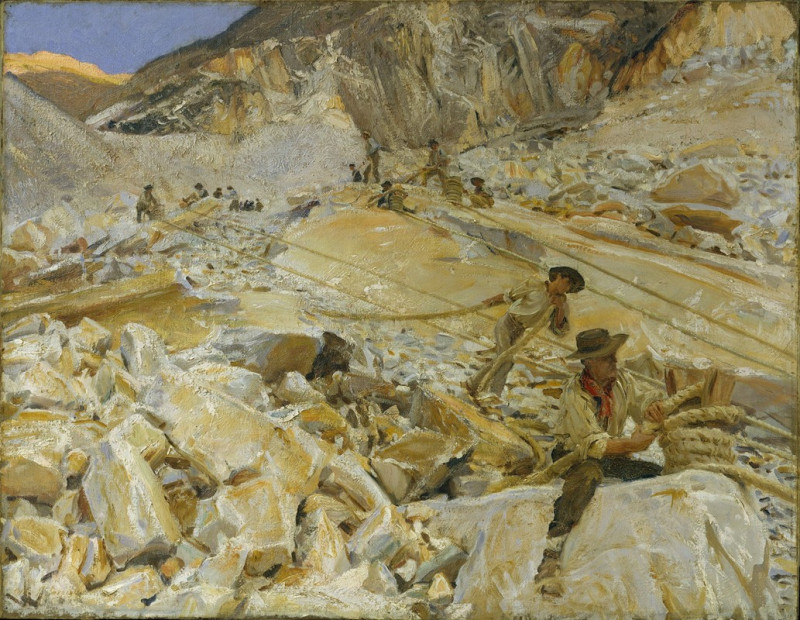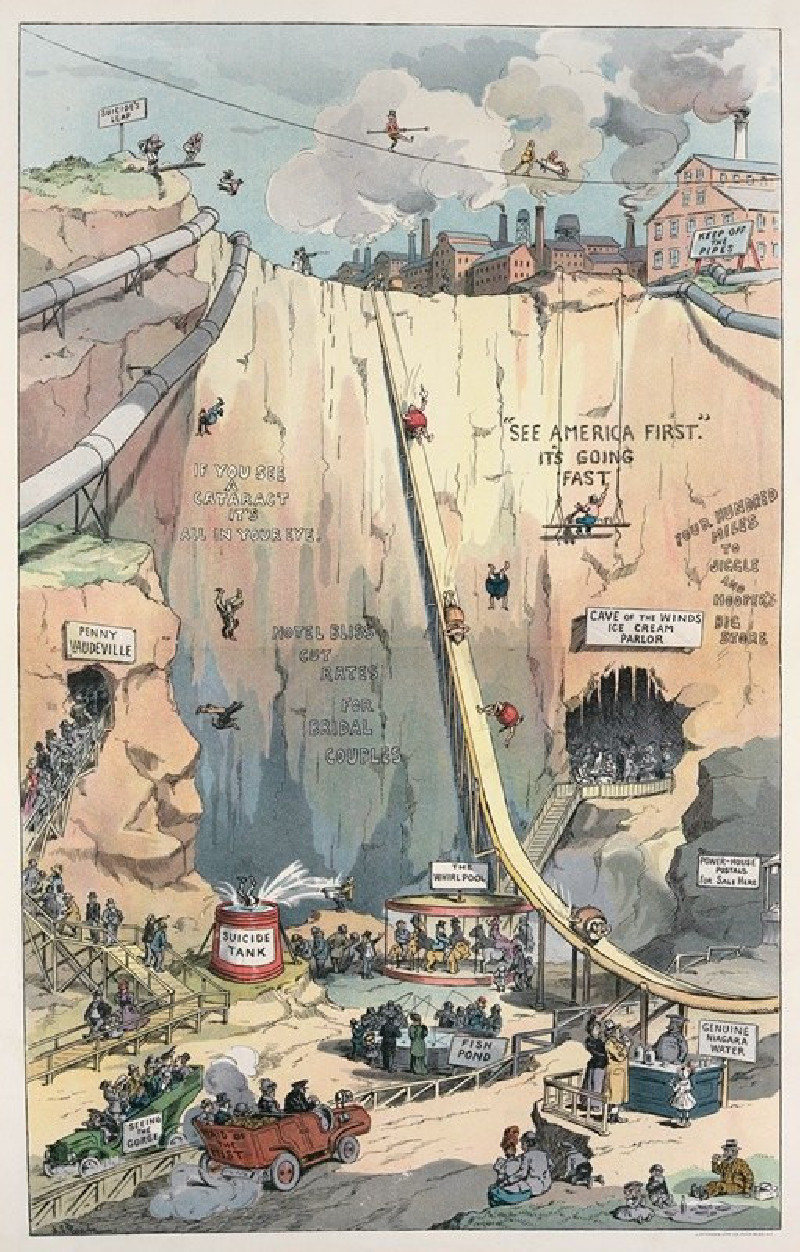Landscape after Wynants (in the Louvre).
Technique: Giclée quality print
Recommended by our customers
More about this artwork
"Landscape after Wynants (in the Louvre)" by William Callow presents an idyllic country scene that resonates with tranquility and pastoral beauty. In this watercolor masterpiece, Callow depicts a vast expanse of sky with voluminous, soft clouds that dominate the upper half of the composition, casting gentle shadows onto the land below. The landscape unfolds through a series of gentle, rolling hills, rendered in soft hues that evoke a sense of peace and serenity.The genius of Callow's artistic interpretation is evident in the thoughtful arrangement of natural elements and figures. On the left side of the painting, a clump of tall trees anchors the scene, while smaller bushes dot the terrain, leading the eye to a meandering river that cuts through the foreground. The river adds a dynamic element to the scene, reflecting the sky and enhancing the overall sense of depth.Human figures and animals are subtly integrated into the landscape, contributing to the lively yet serene atmosphere. Towards the lower left, a figure dressed in blue rests by the river, an emblem of peaceful coexistence in the natural world. Nearby, cattle graze and drink from the river, and a group of people interacts in the middle ground, providing a glimpse into rural life.William Callow’s homage to the style of Wynants is a testament to his skill in capturing the essence of the Flemish master’s landscapes while infusing his own unique sensitivity to light and color.
Delivery
Returns
William Callow was an English landscape painter, engraver and watercolourist.
Callow was born in 1812. July 28 in Greenwich. He studied with the artist Copley Fielding, where he learned the technique of en plein air sketching. He studied under Theodore and Thales Fielding, where he learned to color prints and make aquatints, and from 1825 to 1827 was taught to paint in watercolor.

